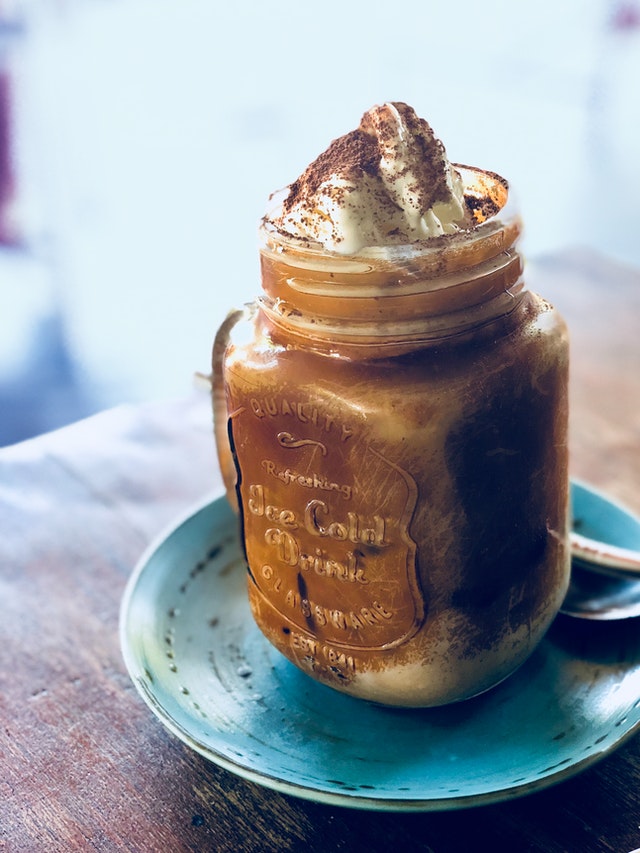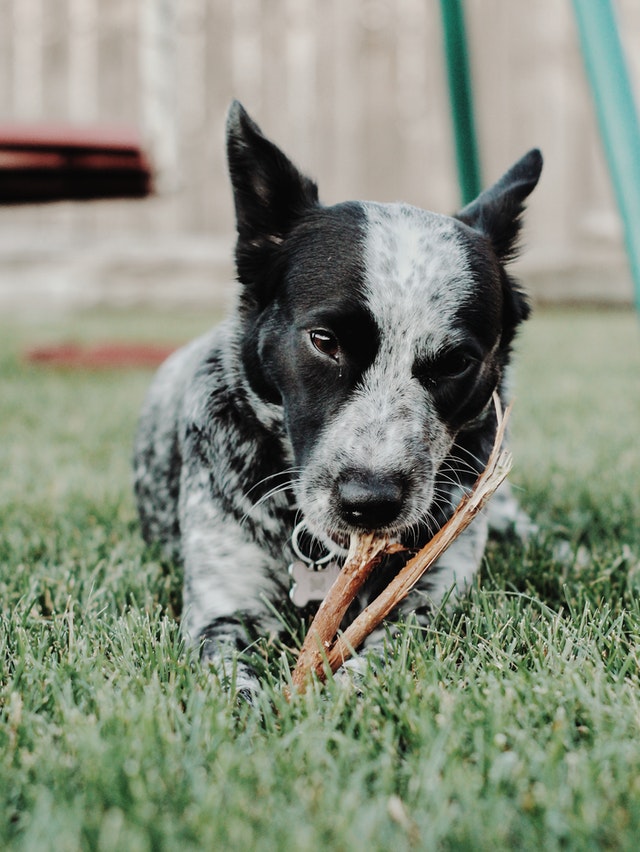There is a common fear with many people that go through bariatric surgery – stretching out their pouch/stomach. The fear of stretching out your stomach (and reversing your surgery) is completely warranted since the primary reason for having the surgery in the first place is to limit the amount of food that you can eat. And if this tool fails then there is the chance that you are back on the road to obesity and failure. That’s big and scary!
So let’s address this fear. Can you stretch out your stomach after gastric sleeve and what does that really mean? How can you avoid this and how can you go back to where you started?
The stretch is temporary.
The best answer to this question is yes, but temporarily. One of the biggest properties of the stomach is its ability to The best answer to this question is yes, but temporarily. One of the most interesting properties of the stomach is its ability to expand in size. An adult stomach can expand to hold around 1 quart (32 ounces) of food. About the amount of food that could fit into a typical Mason Jar. Once the stomach is emptied, it will revert back to pre-meal size (after a few hours). The ability of the stomach to return to its pre-meal size is no different whether or not you’ve had bariatric surgery.

An adult stomach can expand to hold around 1 quart of food
But stretching your stomach back to its pre-surgery state isn’t something that can happen. You’ve lost that part of your stomach, and unlike some tissues of the body such as the liver, it will not ever grow back. But if you are a year or longer out from surgery your quantity of food is bigger than it was the first 6 months. What is that all about? It’s more of a feeling than an actual change in capacity.
So how does the stomach stretch and how does that affect how you feel after a meal?
The stomach is built of several layers of muscle fibers, connective tissue, blood vessels, mucus membrane and a layer known as the gastric folds or gastric rugae. This last part is what gives your stomach the ability to stretch and shrink when food is present and when the stomach empties. What stops you from eating is the feeling of fullness and this feeling comes from stretch receptors all around your stomach. As the gastric folds increase to accommodate the food the receptors around your stomach send stronger signals to your brain. When these signals get strong enough a complex system of hormones and nerve signals are kicked off to shut down your need to keep eating and you get a feeling of fullness.

Stretch Receptors make you feel that full feeling
As an aside this signaling to the brain is on a delay from your eating. By giving yourself 20+ minutes after your meal before going back for seconds is a good idea. Letting these signals slowly build in intensity you will start to feel more full and the want for more food will slowly dissipate.
You can “trick” your stomach into feeling full by drinking several glasses of water but this feeling won’t last very long. Why? Because the water empties out of your stomach much, much faster than food does, and therefore your stomach is able to go back to its relaxed state much sooner. The emptying of food into the small intestine also causes different satiety (fullness) hormones to be released than plain old water. So although stretching the stomach will result in a certain amount of fullness, the composition of your meal will also make a difference in your level of satiety.
What does this have to do with stretching out your stomach?
If you’ve gone through bariatric surgery you will have experienced this feeling of fullness from very little food for some months after your procedure. As a matter of fact, near the beginning of this journey your stomach will not hold more than a few ounces (down significantly from the 32 ounces) so you can easily overeat. This can bring about “fun” things like dumping, having the food just come back up or being really uncomfortable for a few hours. Part of this you can thank to your stretch receptor signaling your brain much faster.
Yet like everything else in your body the stretch receptors adapt. The more often that your stomach is stretched to capacity the longer it takes for your receptors to build up a strong enough signal to your brain to say you’re full. It yet like everything else in your body the stretch receptors adapt. The more often that your stomach is stretched to capacity the longer it takes for your receptors to build up a strong enough signal to your brain to say you’re full. So technically you can stretch your stomach after gastric sleeve, but it’s less of a physical stretch than a feeling. The capacity of your stomach is going to be fairly close to the size it was just after surgery. How much you can eat in one meal will have a lot to do with how sensitive your stretch receptors have become. And your stretch receptors will become less sensitive as you eat large quantities of food at each meal. That is your body will adapt over time to allow you to eat more food in one sitting.
This isn’t something that happens after one or two bigger meals though. This down regulation of the full signal is something that happens over a period of time where most every meal is pushing the capacity of your stomach. A big meal every once in a while isn’t going to have a big effect on your overall feeling of fullness.
What can you do about it?
If you have found that after a year or more out from surgery you’re comfortably eating more than a cup and a half of food each meal it may be time to reset your stretch receptors. There are a few different “pouch reset” programs you can find online and if you look at how they work it’s all about limiting the amount of food you eat at each meal. These resets usually last 2 – 4 weeks as well, which is about the time it takes to increase the sensitivity of your receptors.
How do you keep this from Happening in the Future?
In order to keep this sensitivity high it’s all about having a consistent volume of food you eat at every meal. Measuring out your food volume is the best way to do this. Get some small 4 oz cups that you can put your food in before putting it on your plate. This way you are not trusting your eyes to what 4 ounces look like which is one way to slowly increase the amount of food you can eat (decrease the sensitivity of your stretch receptors).

Chewing your food more slowly can help with not over eating
Another way is to slow down your eating by either chewing more before you swallow and setting down your fork more often between bites. There is an additional benefit to chewing more as well. The longer your food stays on your tongue the more you get to enjoy the flavor of that food. With a smaller amount of food why not take advantage of enjoying the flavor for longer? Also chewing your food longer puts less stress on your digestive system when it comes to breaking down your meal.
If you have noticed that it is easier to eat more food at each meal, know that you haven’t stretched your stomach. While that just-after-surgery-feeling of full may never come back, you can start to increase the sensitivity of your stomach around the feeling of full.
Read next: Don’t let your “fat mind” steal your happiness.
Subscribe To My Bariatric Journey Newsletter
Each month we take on a new topic around Exercise, Nutrition and Mindset and how it can help you on your weight loss journey. You will also get first notice of upcoming promotions.
Geof has been working with bariatric surgery clients for over a decade. His goal with Coaching For Bariatric Success is to give you the tools to make your weight loss successful for the long term.